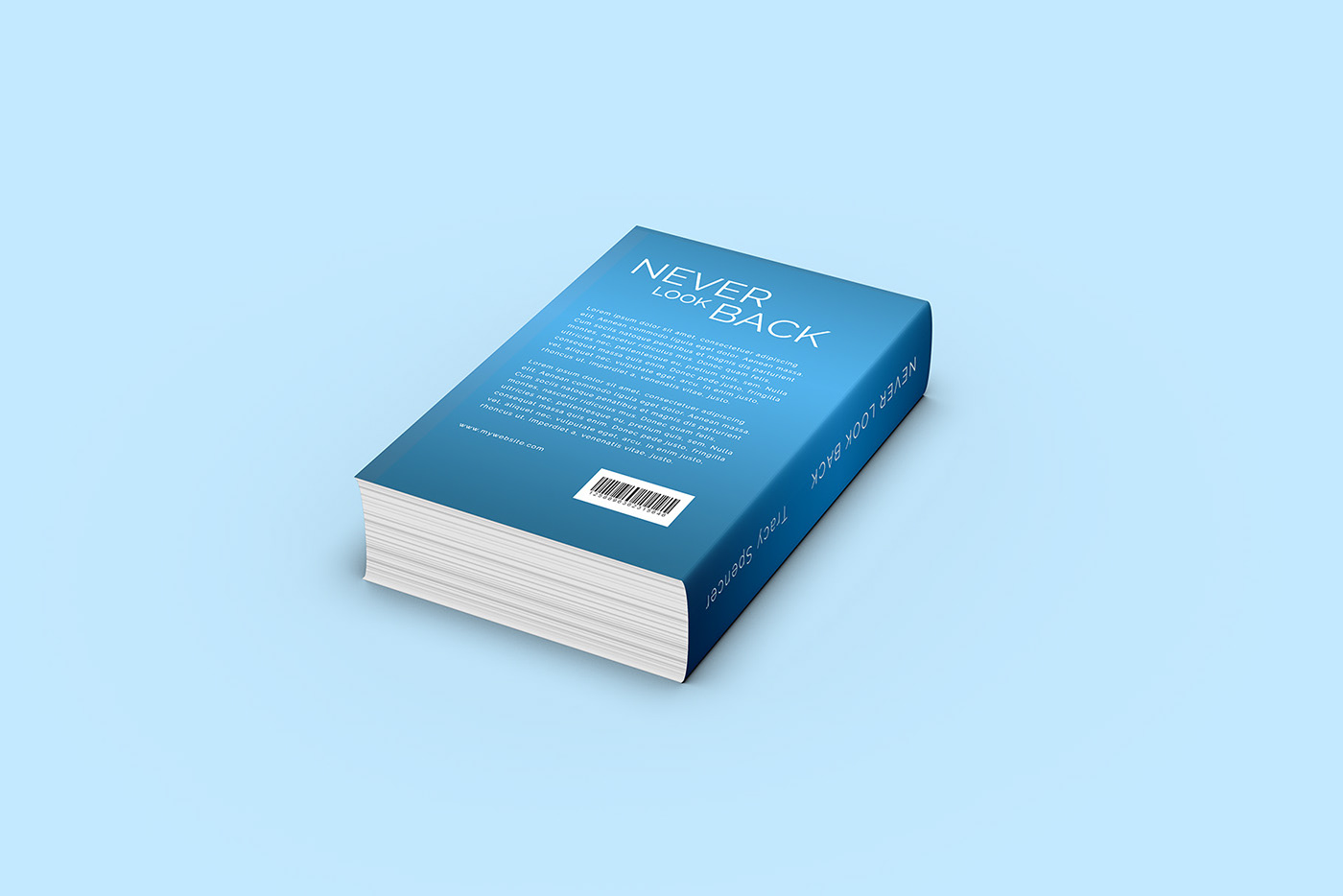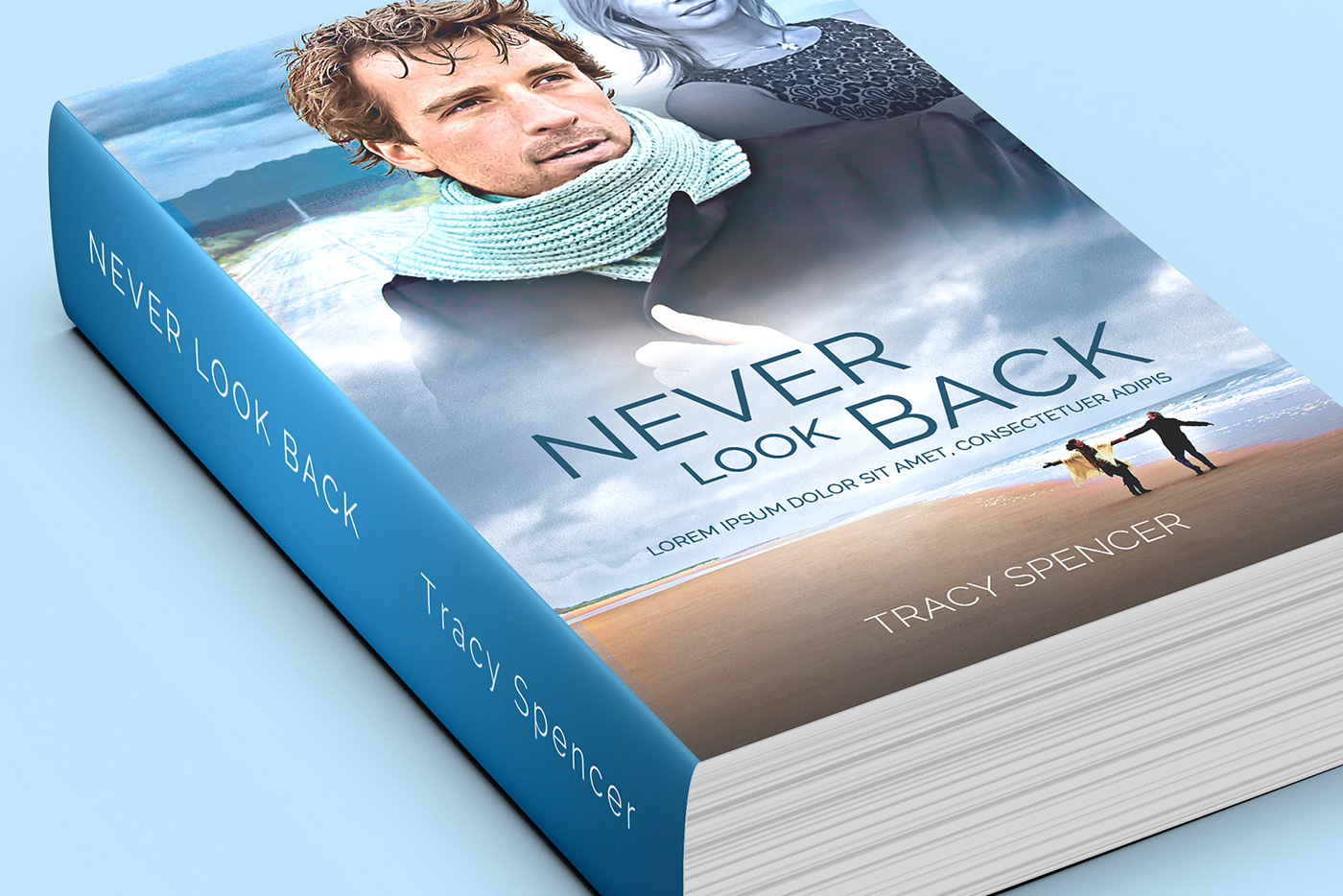Thick Mass Market Paperback Book Mockup - 12 views




























Introducing Thick Mass Market Paperback Book Mockup - 12 views
Save time and present with style you next Thick Mass Market Paperback Book Cover design with those high quality mockups.
- Extreme high quality mockup that contain layers and smarts object that will speed up your presentation.
- You can insert easily your design thanks to smart objects.
- You can use any color for the background and set on / off the drop shadow.
- You have full control of highlights and shadows.
- High detailed and very high resolution - great even for professional printing and presentations.
- You can insert easily your design thanks to smart objects.
- You can use any color for the background and set on / off the drop shadow.
- You have full control of highlights and shadows.
- High detailed and very high resolution - great even for professional printing and presentations.
- page size 110x178mm (4.33x7 inch) - spine size is 1.5″ (38mm)
Product features
- 12 Mockup - 12 Photoshop files
- Very High resolution
- Help file included
- Photorealistic images
- Fully layered
- Insert easily your design with smart objects
- You will have full control over highlights and shadows
- You can use any color for the background
- Drop shadow on separate layer
- Professional results
- 6000x4000 px - 300 dpi
- Minimun requirement: Photoshop CC (Photoshop is required)
- Please note: book cover and interior pages template design, wallpapers, logos, icons, fonts, photos, graphics, backgrounds and any other designs shown in the presentation images are NOT included.
- Very High resolution
- Help file included
- Photorealistic images
- Fully layered
- Insert easily your design with smart objects
- You will have full control over highlights and shadows
- You can use any color for the background
- Drop shadow on separate layer
- Professional results
- 6000x4000 px - 300 dpi
- Minimun requirement: Photoshop CC (Photoshop is required)
- Please note: book cover and interior pages template design, wallpapers, logos, icons, fonts, photos, graphics, backgrounds and any other designs shown in the presentation images are NOT included.
You can buy this product Mockup on Creative Market at this link
https://creativemarket.com/ClaudioF/92175768-Mass-Market-Paperback-Book-Mockup
https://creativemarket.com/ClaudioF/92175768-Mass-Market-Paperback-Book-Mockup
What Are Mass Market Paperbacks?
Mass market paperbacks are a staple in the book industry, loved by readers for their affordability, portability, and accessibility. They are a popular format for fiction and non-fiction books and have been a part of the literary landscape for over a century.
The history of mass market paperbacks can be traced back to the late 19th century when publishing houses began to produce affordable, pocket-sized books to cater to the growing demand for books among the working class. These books were known as 'dime novels' or 'penny dreadfuls' and were often cheaply made with low-quality paper and cover illustrations designed to attract readers.
The mass production of paperbacks was made possible by advances in printing technology, making it easier and more cost-effective to print large quantities of books. This led to an explosion in the popularity of paperbacks, especially during the Great Depression when people were looking for affordable forms of entertainment.
However, it wasn't until the 1930s that the term 'mass market paperback' was coined by Robert de Graaf, the founder of Pocket Books. He saw the potential of producing pocket-sized books at a lower cost and with higher profit margins. Pocket Books became the first publisher to mass-produce paperbacks in the United States, and their success paved the way for other publishers to enter the market.
During World War II, mass market paperbacks gained even more popularity as they were lightweight and easily transportable for soldiers. After the war, the demand for paperbacks continued to grow, and they became a significant part of the publishing industry. In the 1960s, the term 'mass market paperback' was shortened to 'mass market,' and it referred to books that were sold in drugstores, supermarkets, and newsstands, making them readily available to the general public.
Today, mass market paperbacks are still popular among readers for their affordability, with most books priced between $6 to $10. They are also lightweight and compact, making them the perfect choice for readers who are always on the go. They are often the preferred format for travelers, commuters, and those who don't have a lot of space for physical books.
One of the main advantages of mass market paperbacks is that they allow for wider distribution and accessibility of books. They are more affordable for publishers to produce, and this enables them to print more copies and reach a larger audience. This is especially beneficial for lesser-known or debut authors who may not have the same marketing budget as established writers.
Another advantage of mass market paperbacks is that they are often the first edition of a book to be released. Hardcover books are usually released first, followed by the paperback version after a few months. But with mass market paperbacks, readers can get their hands on a new release at a lower cost and without having to wait.
Mass market paperbacks also play a crucial role in promoting literacy and a love for reading. The affordable price point makes it easier for people from all economic backgrounds to purchase books and expand their knowledge. They are also a great way for readers to discover new authors and genres without breaking the bank.
However, there are some downsides to mass market paperbacks. The quality of paper and binding is not always as high as other formats, which can lead to wear and tear over time. The small font size and thin pages can also be challenging for some readers, especially those with visual impairments. And while the lower price point is an advantage for readers, it also means that authors and publishers make less profit from paperback sales.
In conclusion, mass market paperbacks have a rich history and play a significant role in the book industry. They offer an affordable and easily accessible option for readers, promote literacy, and allow for wider distribution of books. While they may have some drawbacks, their popularity and enduring presence in the market show that they are here to stay.




